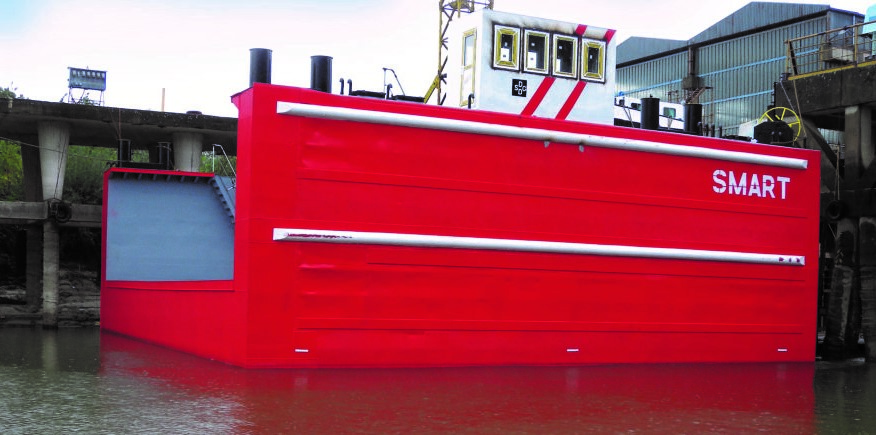Significant efforts have been undertaken to also increase the fleet’s pushing capacity and power as well as to equip the vessels with new powerful engines, bow thrusters, echosounders, necessary hardware for safe day and night navigation.
TECHNOLOGY & INNOVATION
DDSG takes great pride in continuously developing and improving its fleet with the aim of increasingly better meeting our clients’ needs as well as complying with the latest requirements and regulations for shipping operations
Thanks to considerable investments that have been realized in the last years, we are able to provide first class service to our clients. Significant efforts have been undertaken to also increase fleet’s pushing capacity and power, to equip vessels with necessary hardware for safe day and night navigation, as well as installation of IT equipment for communication and of a tracking system.
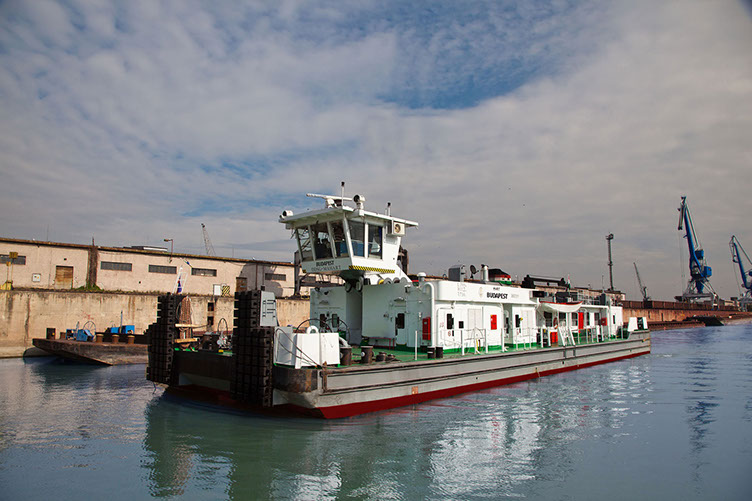
The pushers “Wien” and “Budapest” were equipped with modern main engines and new propeller systems, thereby increasing the power output threefold to approx. 3,200 HP. These improvements allow to push convoys with up to 9 barges or 19,000 tons of cargo respectively.
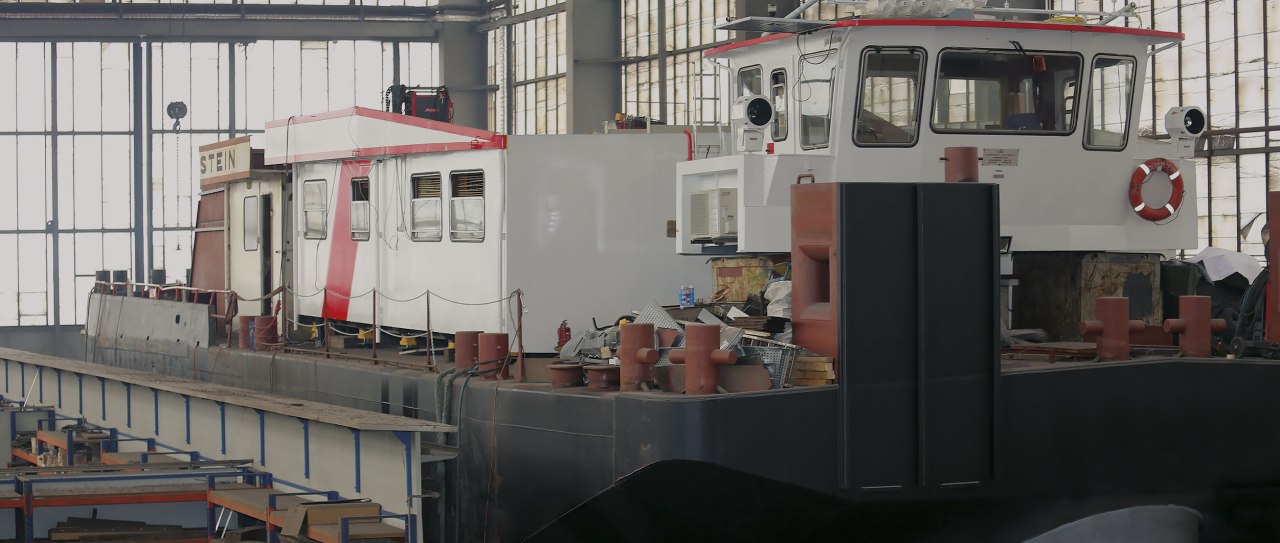
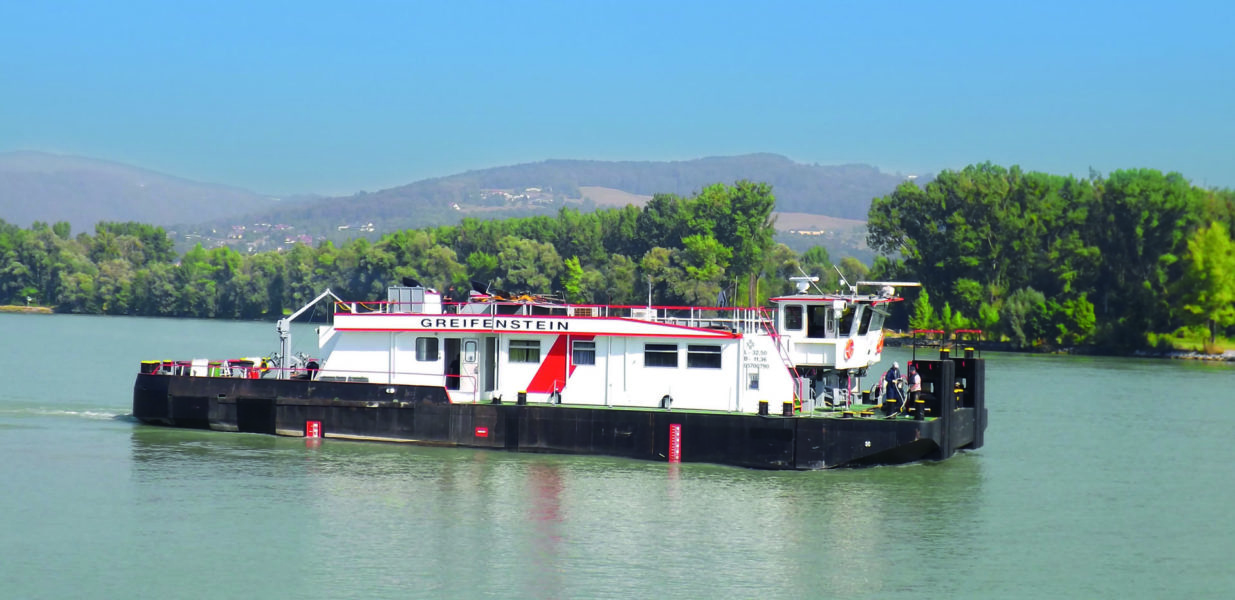
Leveraging upon extensive ship design and shipping operations knowledge, we have built two modern pushers from previously self-propelled cargo vessels. The vessels have extraordinary hydrodynamic characteristics and were fitted with modern engines, thereby extending DDSG’s existing fleet by these super powered pushers. Self-propelled cargo vessels m/v “Greifenstein” and m/v “Dürnstein” were cut and each rebuilt in the linear power pusher 2.500 kW and 2.100 kW respectively, as well as barge-section with a thruster.
In addition to an increased loading capacity, this innovative hatch cover system makes loading and discharging operations in ports easier, safer and more efficient.
The self-propelled cargo vessel “Barbara Blomberg” was equipped with a new and unique flexible hatch cover system. In addition to an increased loading capacity, this innovative hatch cover system makes loading and discharging operations in ports easier, safer and more efficient. The sister-ships “Johann Strauss” and “Herzogenburg” are currently undergoing the same modifications on their hatch covers.
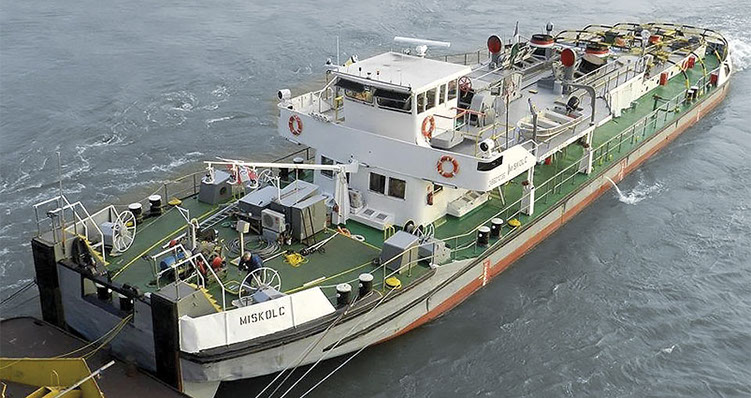
The fully renovated m/v “Miskolc” is very efficient during shallow water periods thanks to a specially designed draft and a capability to perform “push and tug” operations.
We have built a self-contained pontoon with installed hydraulic crane and got a high-productive “Reloader Arpad” providing
lighterage of vessels for timely delivery
of customers’ cargo, combined with
comfortable conditions for crew’s work.

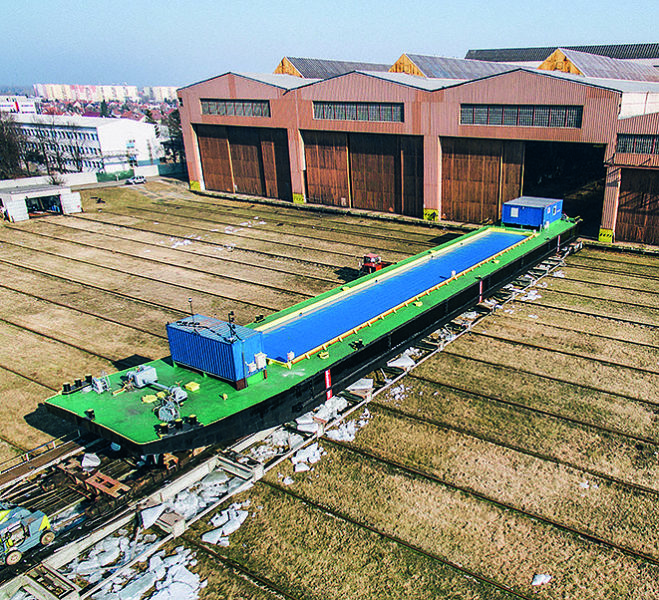
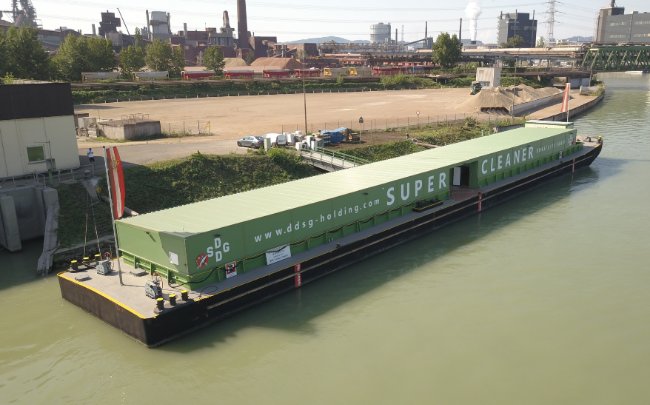
To replace the existing bilge water collecting station, the company invested in the reconstruction of an former barge
to a top modern ponton with a high qualtity separator and storage for lubricants and other materials.
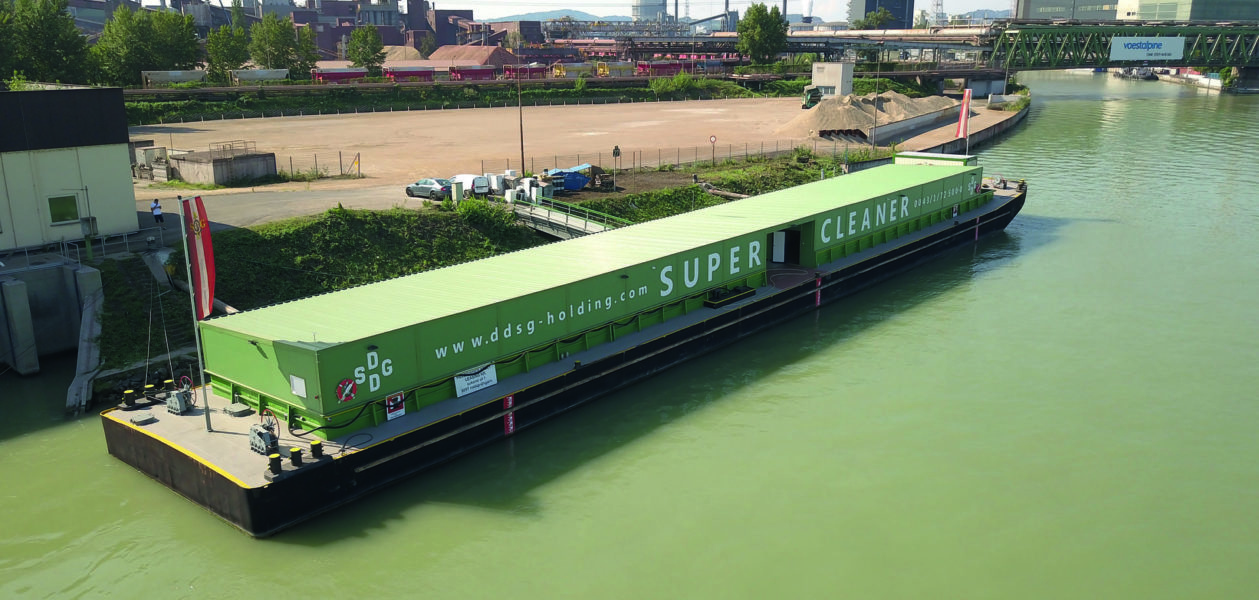
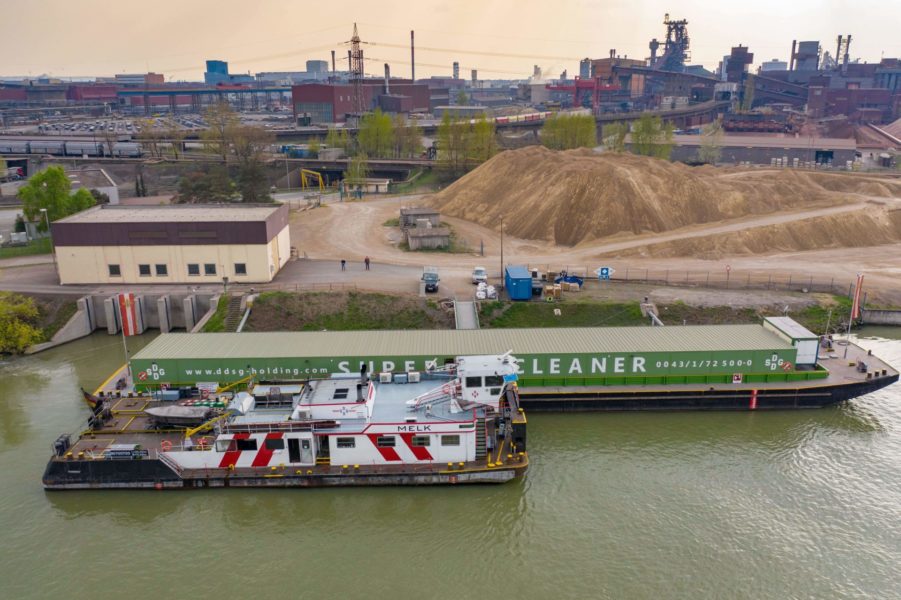
1. In order to fulfill the needs of our clients we have made investments in new steel hatch covers with the companys name (DDSG MAHART) on the top.
2. A new flexible and light-weighted type of covers was developed for motor-cargo vessels in order to offer the advantage of a covered hold, without loosing carring capacity.
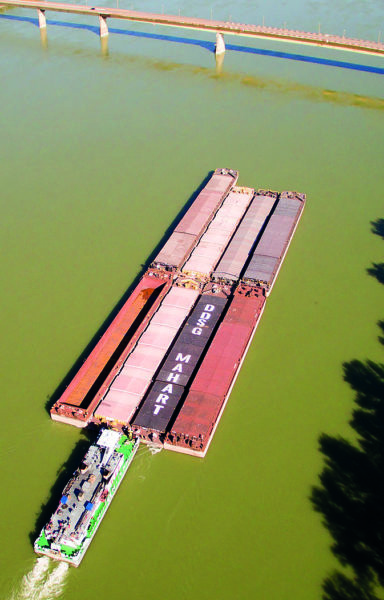
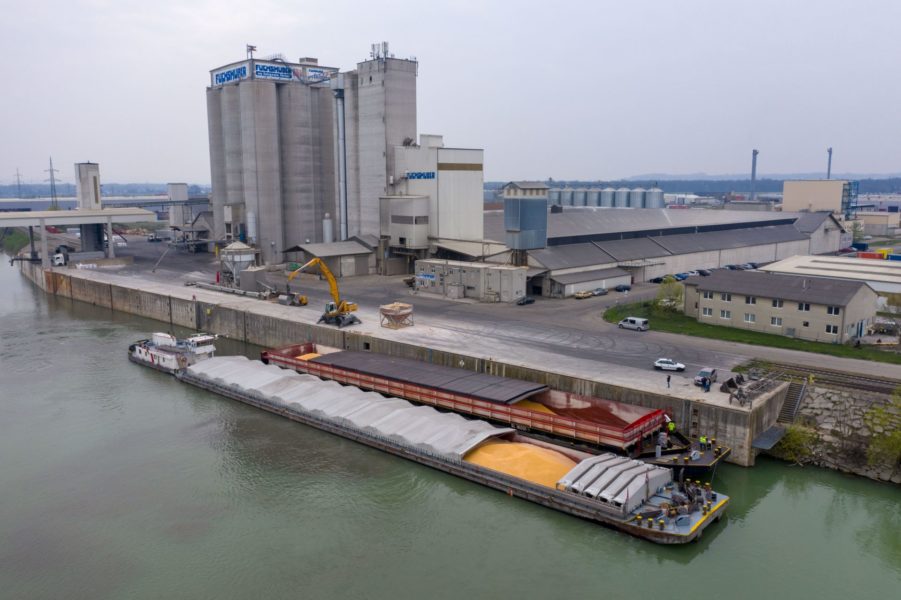
To be more flexible and indepentend, in respect of maintanance and repair works, huge investment in our own floating dock
called „Smart“ was made.
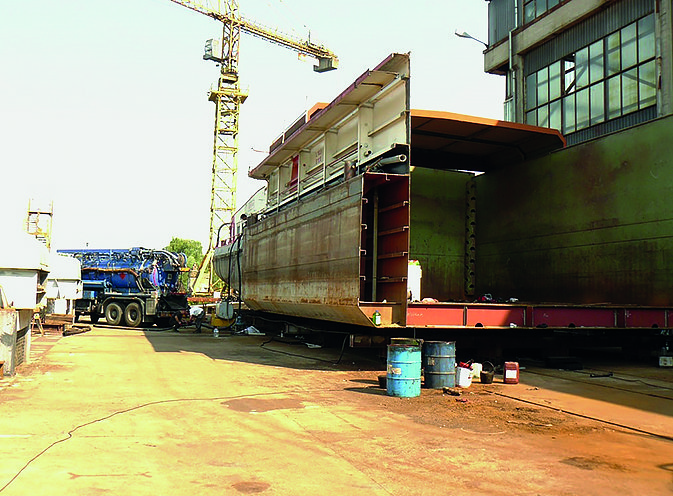
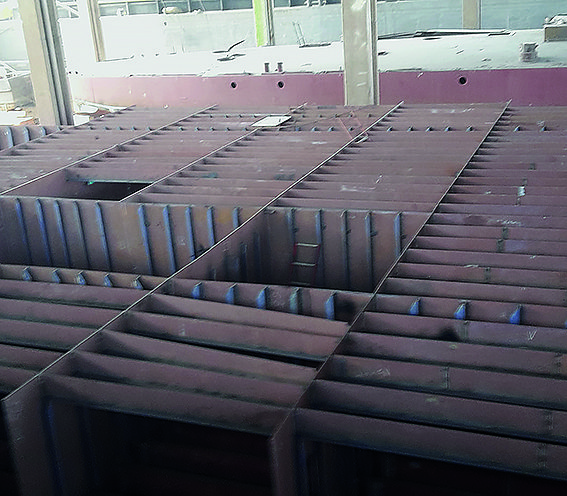
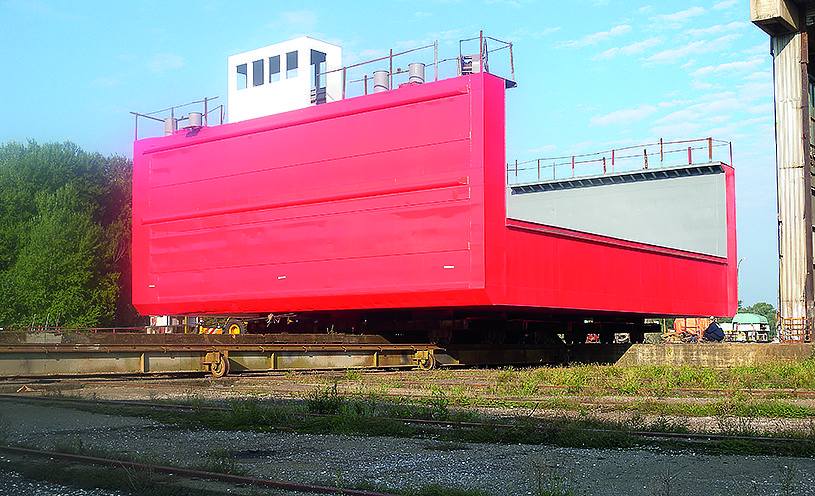
The hull of a vessel served as base for this project. The bottom was enhanced by a lot of floating tanks, allowing the floating dock to drop down. For docking a vessel, the floating tanks will be filled with water, so the dock will sink. After the required depth is reached, the ship will be pulled with winds into the dock. Then the floating tanks will be pumped out and so the dock lifts again and the vessel comes up as if staying in a dry dock.
